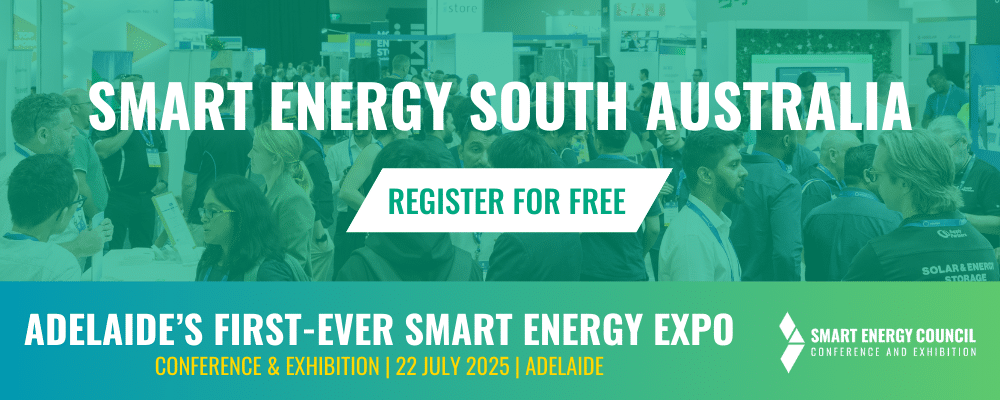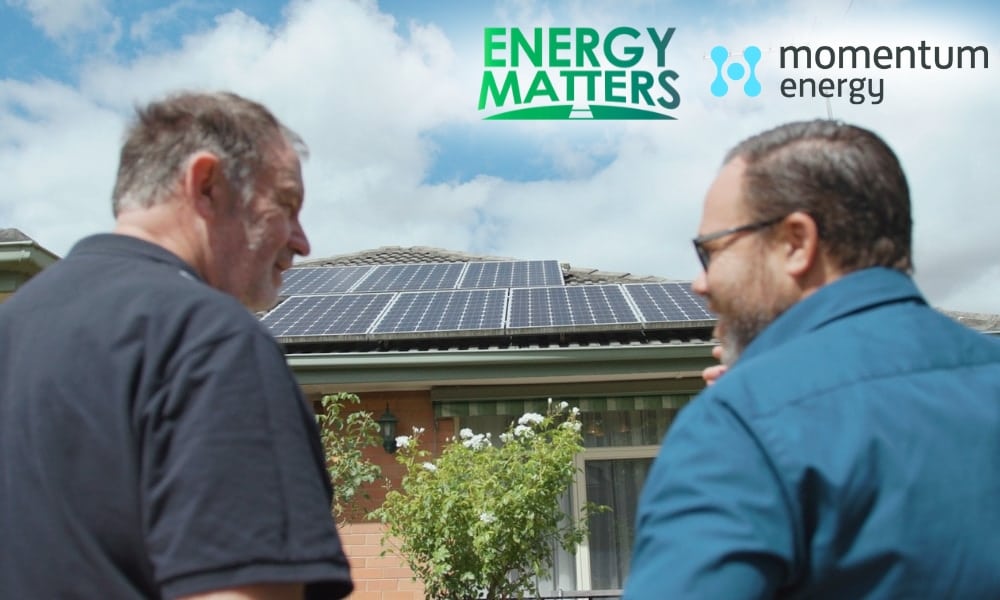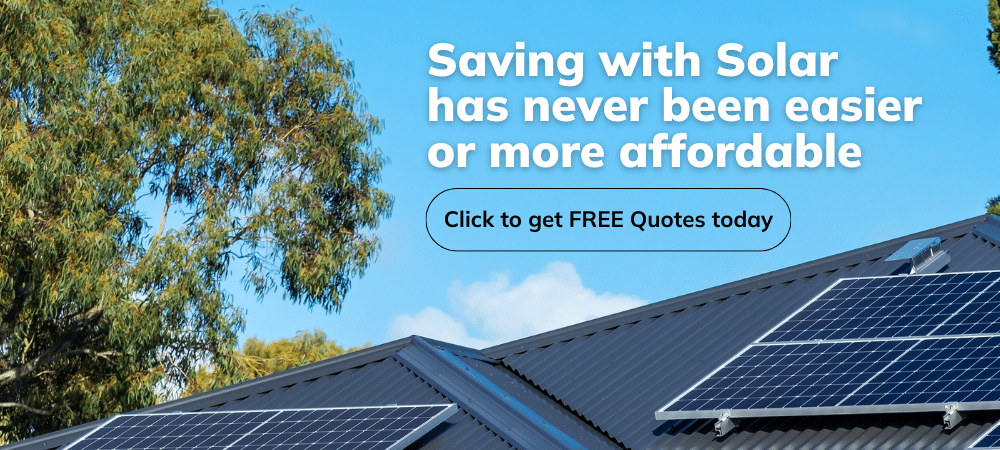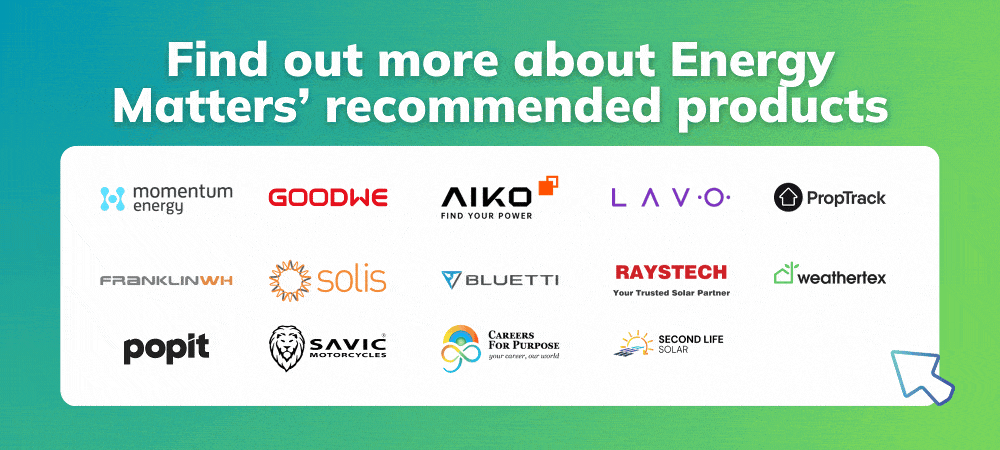In today’s rapidly evolving energy landscape, smart home solar integration is leading the charge toward sustainability in Australia. With the rise of solar-powered smart homes and connected devices, combining IoT (Internet of Things) and solar energy is no longer a futuristic idea—it’s a practical solution for reducing energy bills, increasing efficiency, and empowering homeowners.
At Energy Matters, we’re here to help you electrify your home smarter, cleaner, and more cost-effectively than ever.
Understanding smart home solar integration
Smart home solar integration involves connecting your rooftop solar power system to various smart home devices and systems. This enables intelligent monitoring and control of energy generation and consumption.
Imagine your smart home automatically adjusting appliance usage based on the solar energy produced at any moment. This level of automation ensures you utilise your clean energy as efficiently as possible, reducing your reliance on the grid and significantly lowering your electricity bills.
Why smart home solar integration matters
Smart home solar integration enhances both the financial and environmental value of your property. Here’s why it’s becoming essential:
- Maximises energy efficiency: Smart devices track your consumption in real-time and adjust usage accordingly.
- Reduces electricity bills: Automatically shifts high-energy activities to times of peak solar production.
- Increases sustainability: Solar-powered smart homes reduce carbon footprints and reliance on the grid.
Key features of solar-powered smart homes
A solar-powered smart home uses photovoltaic (PV) solar panels in conjunction with smart systems. Here are the core components:
- Solar panels: These capture sunlight and convert it into electricity. The size and capacity of your solar panel system will depend on your energy needs and roof space.
- Smart inverters: Manage the flow of electricity between the solar panels, a solar battery, and household appliances. This crucial device converts the direct current (DC) electricity generated by the solar panels into alternating current (AC) electricity, which powers your home. Smart inverters can also provide data on energy production.
- Smart home hub: This central device connects and controls various smart home devices, including thermostats, lighting, appliances, and energy management systems.
- Energy management system: This software or platform provides insights into your energy production and consumption patterns. It often enables remote monitoring and control of your smart home’s energy usage.
- Solar battery storage (optional but recommended): A solar battery storage system stores excess solar energy generated during the day for use at night or during periods of low sunlight. Integrating batteries with a smart home system allows for even greater energy independence and resilience.
Use Energy Matters’ easy-to-use solar power and battery storage calculator to determine the size of your solar system with storage! Our solar calculator will generate performance information and potential savings.
We can send this information to 3 of our pre-vetted and trusted local installers in your area to receive obligation-free solar quotes.

Spotlight: Energy Matters Episode 4 — Electrify your home
If you’re curious about making the switch, Energy Matters Episode 4: Electrify Your Home With Momentum Energy and Goodbye Gas is a must-watch. This episode explores the steps to moving toward full electrification using solar energy, with tips on integrating smart tech to optimise performance. It highlights how solar and smart systems are reshaping the way Australians power their homes.



Energy Matters Episode 4: Electrify your home with Momentum Energy and Goodbye Gas
For those seeking to electrify their homes further and transition away from gas, Energy Matters Episode 4 offers valuable insights. Featuring Momentum Energy, this episode delves into the benefits of transitioning to an all-electric home powered by renewable energy. The discussion highlights how smart home technologies can complement this transition, optimising the use of electricity generated from solar panels and other clean sources.
Integrating the advice from this episode with a smart home solar integration strategy can lead to significant cost savings and a more sustainable lifestyle. Learning about energy-efficient electric appliances and smart energy management systems, as discussed in the episode, is crucial for maximising the benefits of your solar-powered smart home.
Whether you’re ditching gas appliances or installing your first smart thermostat, the episode offers practical advice for a smooth transition into solar-powered living.
Benefits of integrating IoT and solar energy
The Internet of Things (IoT) enables devices in your home to communicate with one another. When integrated with solar power, this can turn your home into a self-regulating ecosystem. The benefits of smart home solar integration are numerous and compelling:
- Reduced energy bills: By maximising self-consumption of solar energy and minimising reliance on the grid, homeowners can significantly lower their electricity costs.
- Real-time monitoring: Get instant data on solar production and usage to fine-tune consumption.
- Energy automation: Automatically power your dishwasher or hot water system when solar production is at its peak.
- Remote control: Control devices from your smartphone, even when you’re not at home.
- Peak shaving and load shifting: Utilise stored solar power during high-tariff hours to maximise savings.
- Environmental sustainability: Utilising clean, renewable solar energy reduces your carbon footprint and contributes to a greener future for Australia.
- Optimised energy usage: Intelligent automation ensures that energy is used most efficiently, minimising waste and maximising the benefits of your solar investment.
- Increased home value: Solar-powered smart homes are increasingly attractive to buyers, potentially increasing the resale value of your property.
How to start your smart home solar journey
Integrating solar energy with smart home systems in Australia can be simpler than you think. Follow these steps to get started:
Assess your energy needs: Understand your current energy consumption patterns to determine the appropriate size for your solar panel system and battery storage (if desired).
Choose compatible equipment: Select solar panels, inverters, batteries, and smart home devices that are compatible with each other. Ensure that your chosen energy management system can effectively integrate with your solar setup.
Professional installation: Engage qualified and experienced installers for both your solar power system and your smart home devices. Proper installation is crucial for safety and optimal performance.
System configuration: Configure your smart home system to monitor your solar energy production and consumption. Set up automation rules to optimise energy usage based on solar availability.
Ongoing monitoring and optimisation: Regularly monitor your system’s performance and make adjustments as needed to maximise energy efficiency and savings.
Solar incentives and rebates for smart homes
Australia offers generous support to encourage smart home solar integration, including:
- STC: Small-scale Technology Certificates (STCs) reduce the upfront cost of installing solar systems.
- State-based rebates: Some states offer additional rebates for batteries or smart energy devices.
- Feed-in tariffs: Earn money for the excess energy your solar system exports to the grid.
Your location, system size, and property type will determine the specific incentives for which you qualify. Visit our Australian solar rebates and incentives page for the latest information and applicable rebates.
Challenges and considerations
While the benefits are vast, there are some factors to consider when setting up a solar-powered smart home:
- Initial cost: Smart systems and solar installations can require an upfront investment, although rebates help offset these costs.
- Compatibility: Ensure your solar inverter, battery, and smart devices can communicate effectively.
- Cybersecurity: As with all IoT devices, protecting your home from digital intrusions is vital.
The future of solar-powered smart homes
Smart home solar integration is no longer a futuristic concept; it is a current reality that offers significant benefits to Australian homeowners. By combining clean energy generation with intelligent energy management, you can reduce your energy bills, minimise your environmental impact, and enjoy a more convenient and comfortable lifestyle. Do not wait to take control of your energy future.
Join the clean energy revolution with Energy Matters. Electrify your home, optimise your solar system, and say goodbye to gas—smartly and affordably. Contact Energy Matters today for expert solar advice and solutions to integrate solar power with your smart home! Get your free solar quotes today!


















































